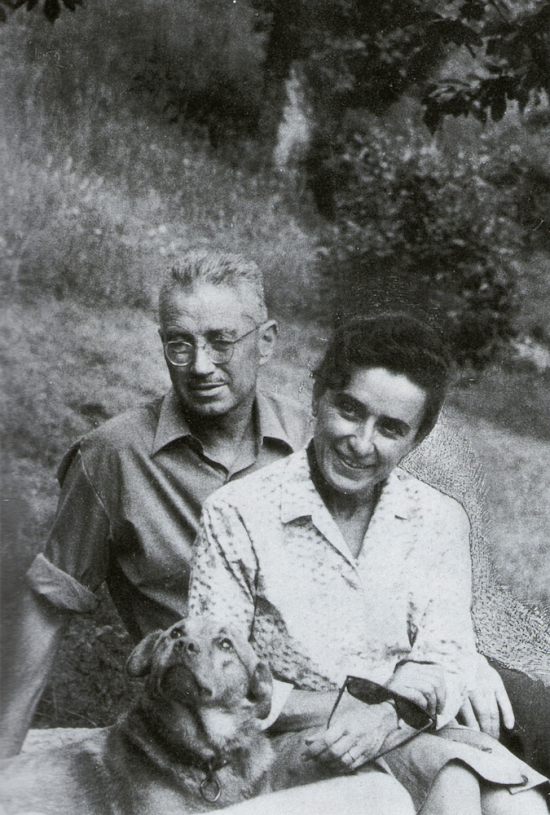Ada e Alfonso Sella
by Cristina Mirandola
What had started as a visit to a craft bookbindery ends up restoring a marriage to life: that of Ada and Alfonso Sella, who have been working together to “plant a seed in the hope that it sprouts,” to spread beauty, to help anybody who wants to “give a name” to plants and therefore to love them.
Alfonso Sella was a painter, engraver, botanist and dialectologist, he compiled a “Dictionary-Atlas of Biella’s speeches,” was a divulger of glottology and local botany and, in collaboration with his wife Ada, he devoted himself to the production of herbariums.
“The days of my youth are long gone, when Biella’s woods were intact, and not invaded by brambles and black locusts and inaccessible, when there were many little streams where we could quench our thirst and fish for shrimps, and in the biggest ones we could dive during the summer. Many areas of our soil have been violated and covered with grimes. But there are still places, especially on the mountains, that have resisted the assault and there we can experience nature.
When we take a ride through the countryside, our eyes are careful to seize any novelty, rarity, interesting or accidental combination, born by chance by the transformation of elements. The eyes train and the ability to seize opportunities becomes more lively. It is the hunter’s instinct that comes back with a positive ending. Birdwatching is much talked about, so why shouldn’t we talk about grasswatching, mosswatching, and the like?”*
If herbariums are “collections of plants, or of some parts of them, pressed and dried, and subsequently fixed to sheets of paper,”** the impulse and motivations that urge to the creation of a herbarium bring us to follow the tracks of a journey, a loving glance turned towards the world, a glance on small things, a glance that lets itself be amazed. The creation of these herbariums is really an act of love, “… The wish to classify, not with the cold purpose to pigeon-hole, but to give a name to some creatures that are cherished and admired, knowing that they will be dearer to me after having been identified”.** The search and collection of specimens to preserve are turned into a metaphoric journey about the love for discovery: “Wandering on foot has therefore become an important part of life: tours at the discovery of new things (and you don’t even need to go too far; the same mystery is everywhere and we can come across it in the herbs of the garden’s pavement) with watchful eyes, careful to seize any detail that has never been seen before”.**
So maybe a herbarium is really much more than a collection of pressed and dried plants, maybe it is a homage to amazement.
*L’erbario, di Alfonso e Ada Sella - Longanesi, 1974
**L’erbario. Alla ricerca delle forme vegetali,
Ada e Alfonso Sella - Centro Botanico, Milano, 1989
Informazioni bibliografiche / Bibliographic information
Per amare una pianta. Gli erbari di Alfonso e Ada Sella. Catalogo della mostra (Biella, 2005)
a cura di A. Soldano - DOCBI Centro Studi Biellesi

